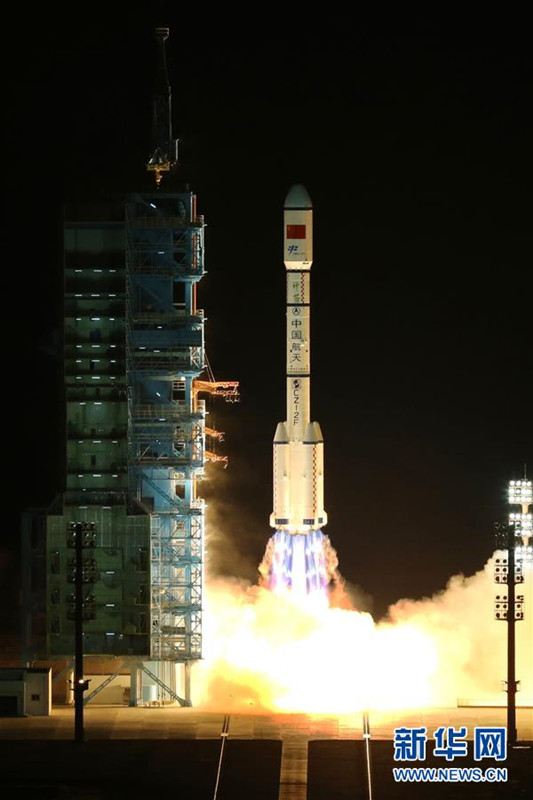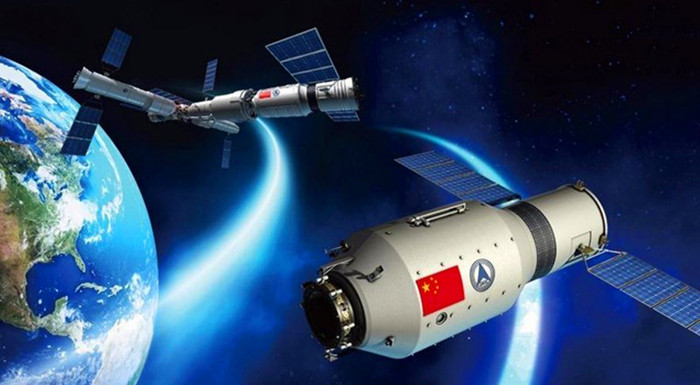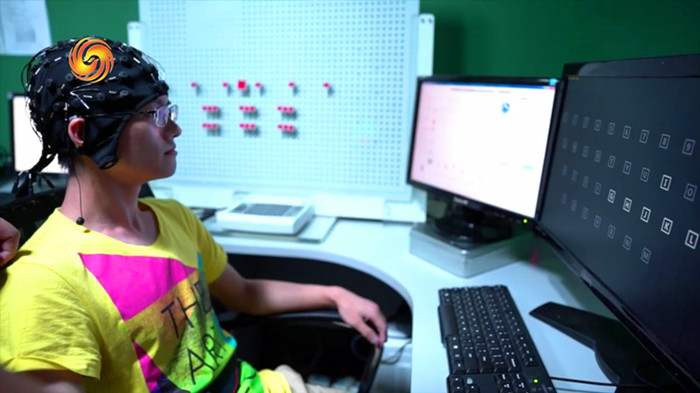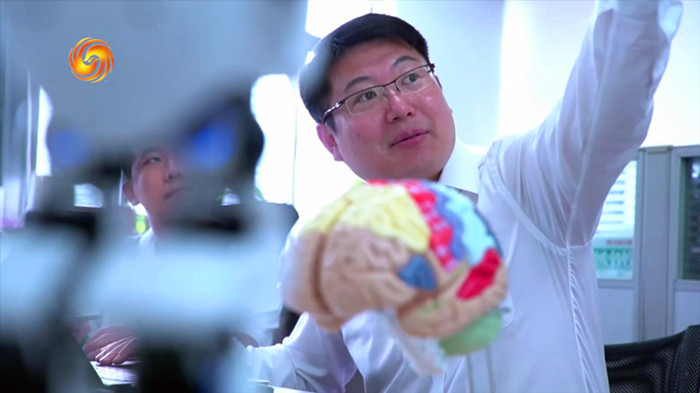
Recently, the first national space lab, “Tiangong-2” was successfully launched into space, along with the world’s first neural testing system from Tianjin University. The system involves a brain-computer interface (BCI), such as mental workload and visual function monitoring and other technologies, which was designed by Tianjin University Neural Engineering and Rehabilitation Lab (TUNERL). After the arrival of“Shen Zhou Ⅺ” and the astronaut program, the first universal BCI experiment in the human history will be conducted.

With a cluster of independent intellectual property rights, such as 23 national-authorized patents for invention and one software copyright, the neural testing system embodies the wisdom and innovation of Tianjin University’s scientists. The“Divine” style artificial neural rehabilitation robots inspire the hope of thousands of hemiplegic patients for an independent life. The “Divine” technology will contribute to the verification of astronauts’ long-term on-orbit experience in the space lab of “Tiangong-2”. It’s a major project of astronautic and ergonomic engineering.


The project is the first universal BCI experiment in the human history, conducted by Chinese scientists and leading the world. In view of the various constraints of space flight, the BCI system will greatly improve operational efficiency by developing adaptive testing equipment and processing technology for better recognition and stability, building a highly personalized custom-made BCI discriminant model as well as designing a training strategy for strengthening the brain electrical characteristics and optimizing the coupling efficiency between brain electrical characteristics and system model. A testing system of mental workload and visual function can get and parse the real-time changes in astronauts’ sensations (vision) and cognitive function (mental workload) for job tasks, which will provide key technical support for the new medical and ergonomic security systems of our country’s manned space project.
Why should we take the lead in researching BCI? “From the macroscopic perspective, the human brain is referred as ‘three pounds of the universe’ for its complexity and mystery. The exploration of the universe has a natural connection with the exploration of brain.” Professor Ming Dong, the leader of TUNERL, suggested that, “BCI will be the highest form of the man-machine interaction in the future. As astronauts’ actions are limited when they perform complex tasks in aerospace, BCI can directly transform their thoughts into operational orders and monitor their states of mental workload and other nerve functions at the same time. It’s an optimal man-machine interaction and can reduce operational load. The upcoming space BCI experiment is the most critical validation of its on-orbit applicability.”
BCI has always been considered as one of the most distinctive and innovative technologies that NASA and DARPA support. TUNERL has engaged in researching the new generation of BCI basic theory and key technology for a long time for the purpose of helping the old, disabled and the special needs populations. They gradually designed the mind-controlled artificial neural rehabilitation robot system “Divine I” and “Divine II”, whose clinical tests have been exceptionally successful. It has been named by the Chinese Observer network as one of the “2014 Top Ten Scientific and Technological Achievements that will shape the Future” and accelerated the development and application of the emerging BCI technology in the field of clinical rehabilitation.
In March, 2012, TUNERL formally signed a strategic cooperation agreement with Ergonomic Engineering Key Laboratory of the China Astronaut Center, dedicating research and development for on-orbit BCI devices and technology. The team finished 5 development and debugging of hardware and software sub-projects as well as making thousands of experiments over one year. After several in-principle and feasibility demonstrations, TUNERL passed the strict review of the Astronaut Center. “It’s the first time that our team participated in space-style tasks. We contributed much and accumulated valuable experience at the same time.” Ming Dong said.
Apart from technical verification, the future BCI project is expected to be put on display. Ming Dong introduced this exciting scientific achievement to the Chinese people on the television program "Life code: three pounds of the universe" on Phoenix TV. “We call this plan ‘the heart of heaven and earth’ or ‘the universe ear’ the terms are relevant because a robot on the earth can convey the thoughts of the astronauts in the aerospace.” Ming Dong said, “If the plan completes as we expect, I hope more people will be attracted to BCI and the frontier technology of neural engineering.”






